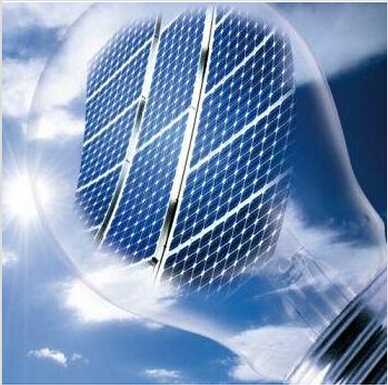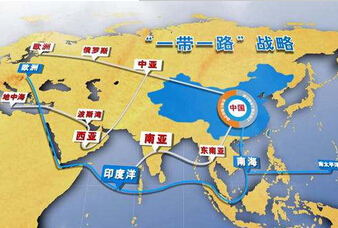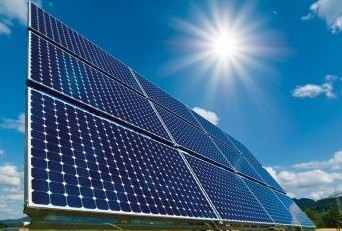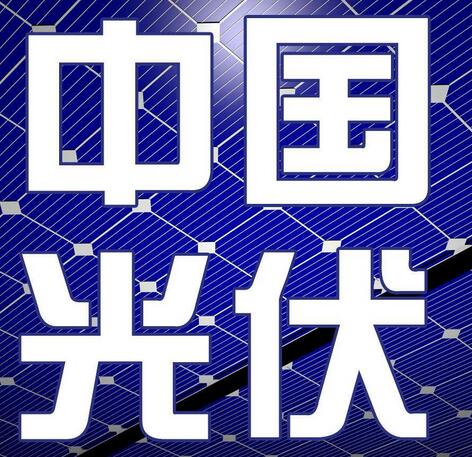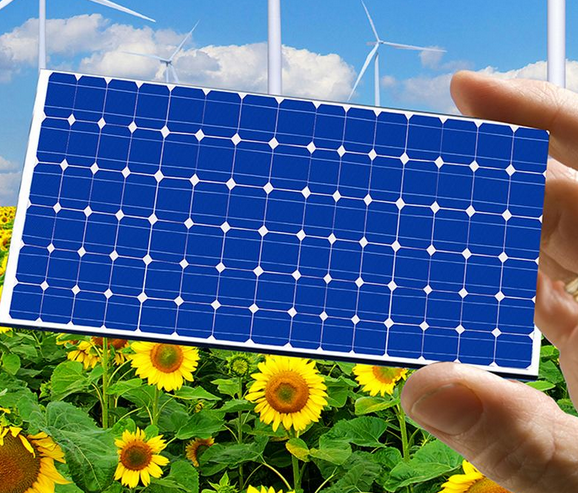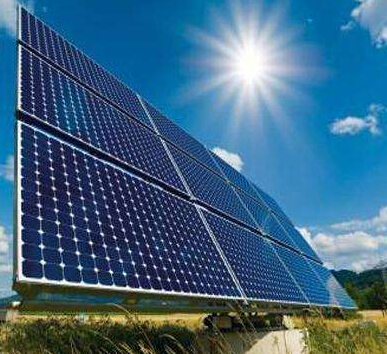Recently, the National Energy Administration released the "Implementation Plan on Speeding up Energy Construction in Poverty Alleviation Areas and Boost Poverty in Poverty". "Program" said that conditions permitting, various types of energy projects should give priority to the layout of the construction of deep poverty-stricken areas. At the same time, we will speed up the approval of special energy planning in areas with deep poverty and, on the basis of standardizing the order of exploration and development of energy resources, promote the priority development, transformation and utilization of energy resources in the areas with deep poverty. Urged the relevant provinces (autonomous regions) to tilt the scale of wind power and photovoltaic construction to such areas as "three districts and three states".

As the investment cycle is relatively long, the funding of photovoltaic projects has been difficult to solve, on the other hand, the delay in subsidies for the enthusiasm of the business is a big blow. Therefore, the promulgation of this policy guarantees the priority grants for PV poverty alleviation projects, which will have an immediate effect on the development of PV poverty alleviation. Looking at the PV industry policies in 2017, both the scale indicators and the problems of land use have a bearing on the PV poverty alleviation. Here to see, what are the favorable policies for PV poverty alleviation in 2017?
1. On January 17, 2017, the National Development and Reform Commission and the National Energy Administration formally issued the "Thirteenth Five-Year Plan for Energy Development", which states that rural clean energy should be vigorously developed. Take effective measures to promote the development and utilization of renewable energy such as solar energy in rural areas, encourage the integration of distributed photovoltaic power generation and agricultural development in facilities, and promote the construction of green energy and rural areas. Completion of 2000000 building file card poor households photovoltaic poverty alleviation project.
2. In February 2017, the Energy Bureau researched and formulated the "Guidance Opinions on Energy Work in 2017". The opinion pointed out that the project of precision photovoltaic poverty alleviation should be implemented accurately. Summed up the first batch of photovoltaic poverty alleviation project experience, organize the implementation of the second batch of photovoltaic poverty alleviation project. We will further optimize the layout of PV poverty alleviation projects and give priority to supporting the construction of poverty alleviation power stations at village level. For village-level power stations with access to capital and power grids, the installed capacity is not limited. We will intensify co-ordination and coordination of settlement and settlement of expenses and settlement of expenses, and ensure that the project construction and operation are in place. During the year, the scale of photovoltaic poverty alleviation is planned to reach 8 million kilowatts, benefiting 64 million households who have set up file-counting cards. Among them, the village-level power station 2 million kilowatts, benefiting 40 million to establish file card poor households; centralized power station 6 million kilowatts, benefiting 240,000 to establish file card poor households.
3. On August 1, 2017, in order to speed up the progress of photovoltaic poverty alleviation project and guarantee the poverty alleviation effect of photovoltaic poverty alleviation project, the National Energy Administration and the State Council Poverty Alleviation Office issued the notice on the preparation of photovoltaic poverty alleviation plan in the "13th Five-Year Plan". The circular pointed out that poverty alleviation targets should be accurately identified and the scale of construction should be rationally chosen. For the village power stations, the National Energy Administration and the State Council Poverty Relief Office to determine the power plants at the provincial (district, city) village level during the period of poverty alleviation, Construction scale, and lifted in 2017. For the centralized photovoltaic poverty alleviation plant, the scale was released in batches in different batches and was incorporated into the overall annual scale of photovoltaic power generation in various provinces (autonomous regions and municipalities). All provinces (autonomous regions and municipalities) are required to determine the type and scale of PV poverty alleviation construction according to their own poverty alleviation tasks, power grid access conditions and government funding conditions, and submit them to the National Energy Administration as the annual PV poverty alleviation plan in this region.
















 RCCN WeChat QrCode
RCCN WeChat QrCode Mobile WebSite
Mobile WebSite